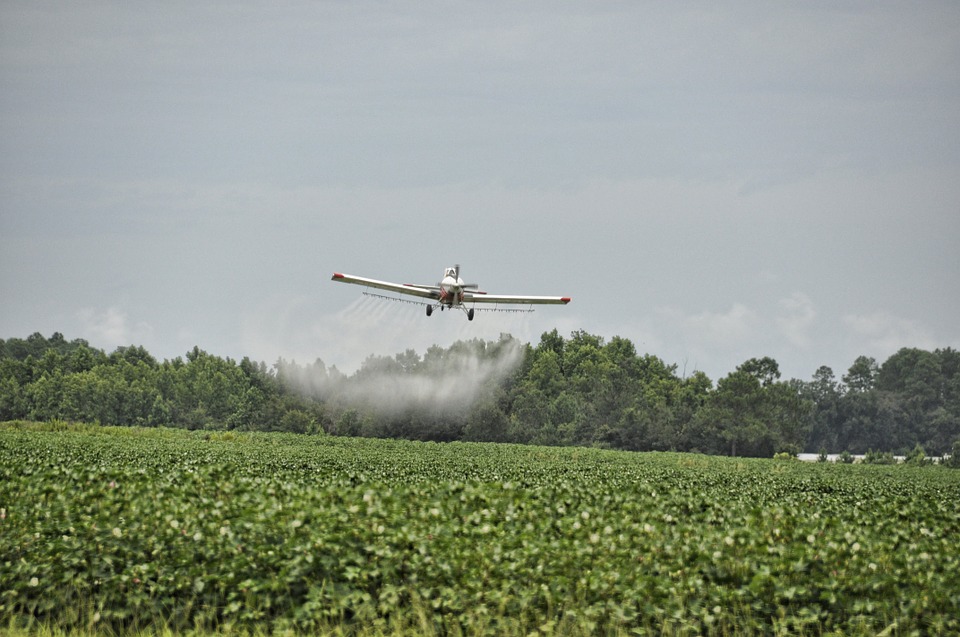The hazard classifications of 123 substances have been updated as part of the latest Chemical Review by the Environmental Protection Authority (EPA).
The authority regulates agrichemicals, household chemicals and other dangerous goods and substances under the Hazardous Substances and New Organisms Act. As well as evaluating and approving substances, it can reassess and make decisions about whether the hazard classifications and controls (or rules of use) need updating.
New information such as study data, and reviews or assessments by overseas chemical regulators, has prompted hazard classification updates for these 123 substances – including single chemicals and mixtures.
The EPA has updated the hazard classification of two agrichemicals, pymetrozine and chlorpropham, to reflect their cancer-causing properties. The changes will translate to clearer labelling guidance for the professionals who use the substances.
Metamitron, a herbicide used by farmers, is less toxic than previously thought, so has had some of its hazard classifications downgraded or removed.
Tea tree oil, which can cause skin and eye irritation, will have a warning listed on how toxic it is if inhaled in high doses during manufacturing. Consumers, who generally only use a little tea tree oil at a time, should not be concerned by the change.
Suppliers, manufacturers, and users of chemical products are being advised to check the application documents to see whether their products are affected by the changes.
The Chemical Review aims to ensure that the EPA’s hazard classifications are in line with others internationally, and that risks are being managed accordingly.
The review was undertaken as a modified reassessment, which means only specific aspects of the approvals were considered during the reassessment and the approvals cannot be revoked (meaning substances cannot be banned).
This review is part of the EPA’s chemical reassessments programme, which includes a Priority Chemicals List of 43 chemicals it believes are most in need of review in New Zealand. More than 1200 chemicals have been screened overall, and we continue to update the Priority Chemicals List as new information becomes available.
Source: Environmental Protection Authority












